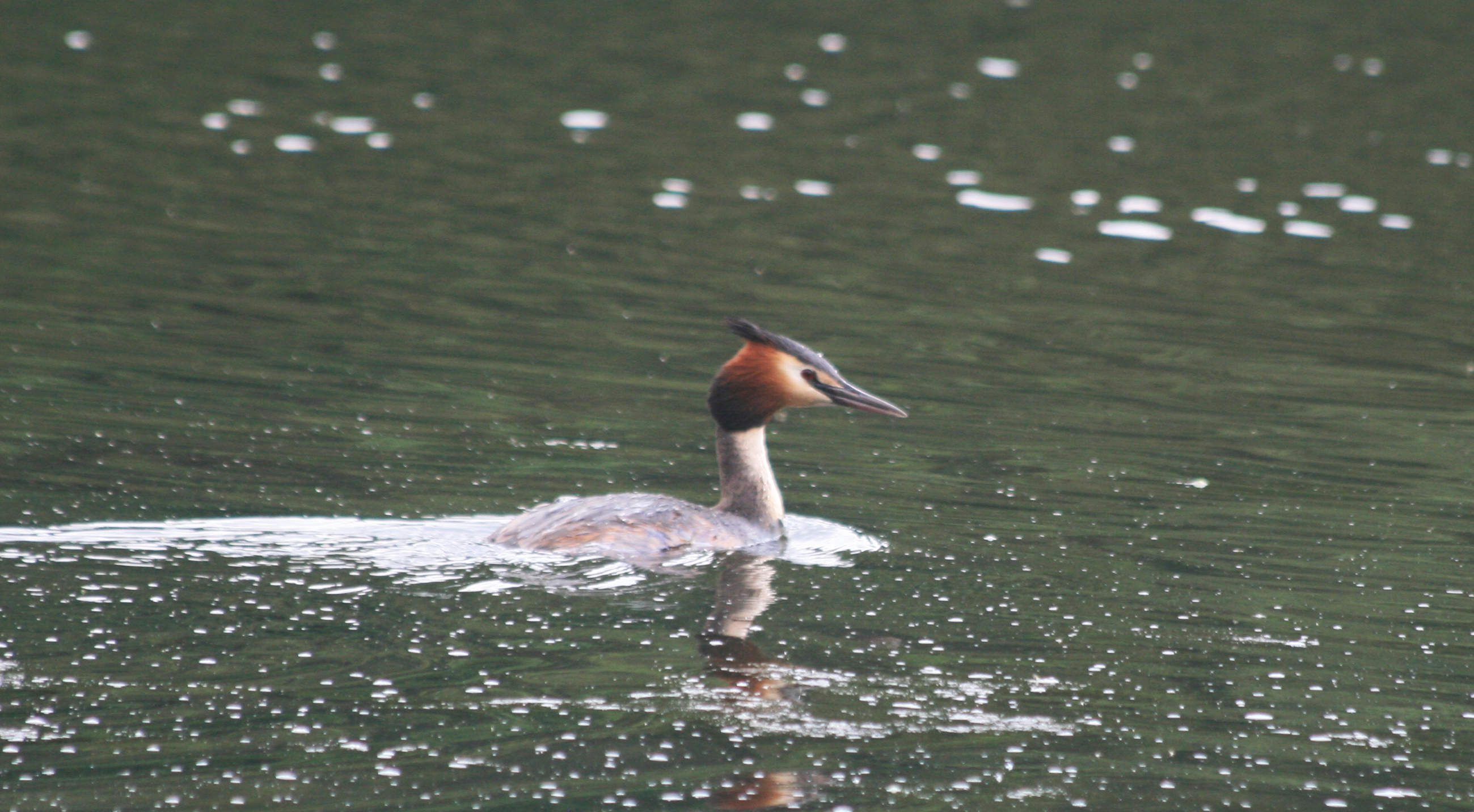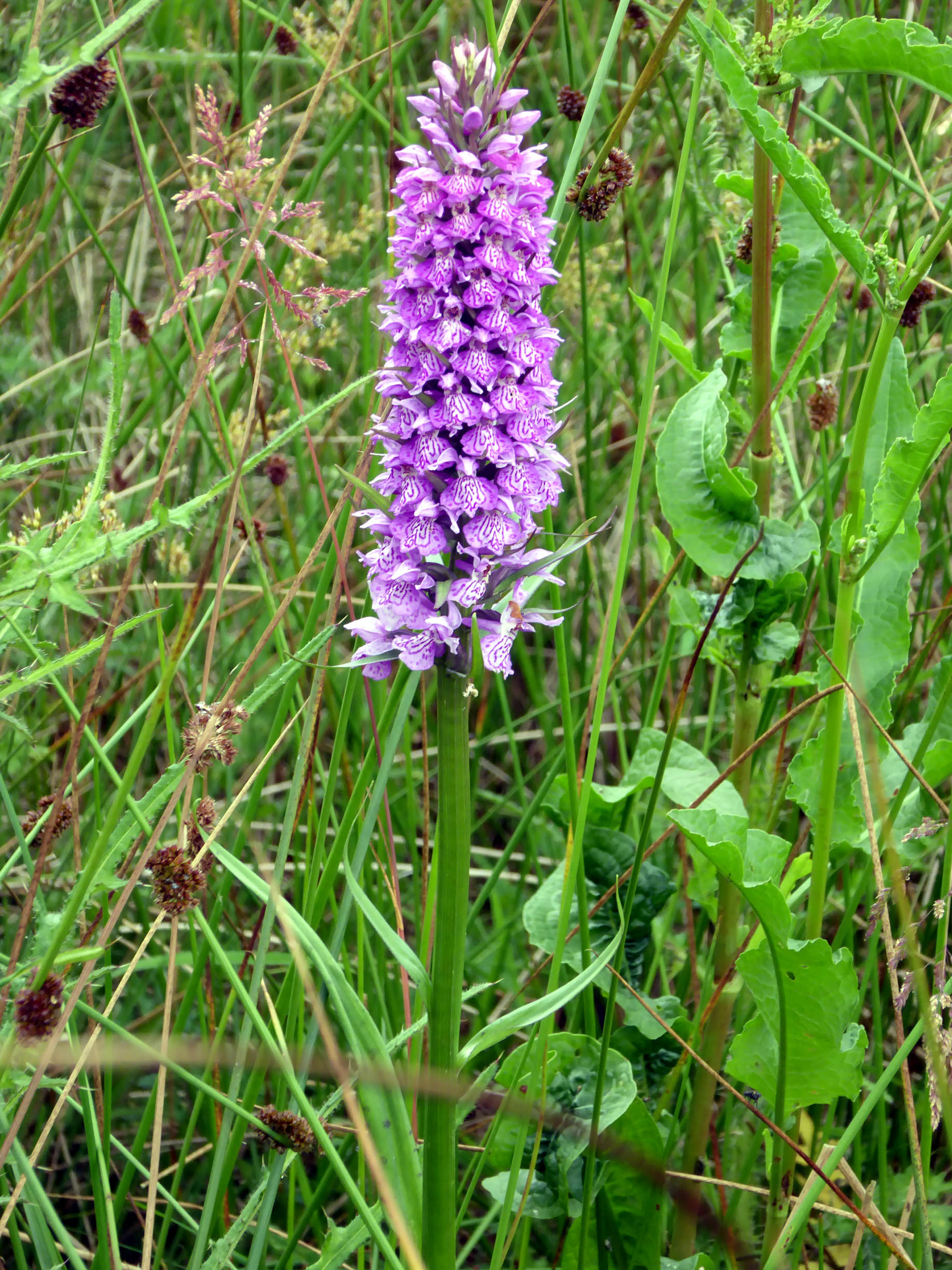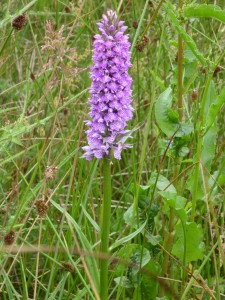An otter picture sent by Mark Hockey – fantastic!
Butterflies Today
A lovely afternoon with White Letter Hairstreaks – about 30 counted in all with Dave Howson, also seen, Red Admiral (not white unfortunately!), Small Tort, Small Copper, Small and Large Skipper, Comma, and are Les Blues crossing the A65 and moving onto our Reserve?….
Birds this morning, butterflies this afternoon
First Small Skippers out in 1st meadow, White Letter Hairstreak doing well, 7 counted on roadside path through 1st meadow. Also seen, Large White, Red Admiral – speaking of the latter, first in our garden this evening for 2014. Bankings of Brambles looking good for Silver Washed and possibly a White Admiral later this Summer? Marbled white or 2nd brood of holly blue may surprise me soon, but I’m off outnow to find Purple Hairstreaks…hopefully!
Butterfly Conservation’s Smartphone App
If you’re new to butterflies Butterfly Conservation now has a Smartphone App that helps you identify butterflies and add butterfly records to their national database. The App takes a grid reference from your phone’s GPS and also allows you to submit photos, so I believe.
Bird watching
During the warmer months my wildlife photography tends to concentrate on Butterflies, but an early morning hour’s mooch around the reserve has good potential for bird watching and photography given the range of habitats in the vicinity. The lagoon is always throwing up surprises – though unfortunately no Otters for me yet….! The river Wharfe extends along the length of the Reserve, along which I have yet to record a Dipper!, but many species around including Mallard, Moorhen, Little Grebe, Little Egret, Redshank, Pied Wagtail, Grey Wagtail, Common Sandpiper, Oystercatcher, Kingfisher, Sand Martin (latter nesting opposite the seat at Eastern End and always a challenge to photograph)! Goldfinches and Blackcaps have been constant companions elsewhere on the Reserve, the Great Spotted Woodpecker always nearby but unfortunately no sign of flycatchers. Several locations around the Reserve are ideal for both Pied and Spotted Flycatcher – so maybe next year?!























